
The epithelium adapts to compensate for changes in the cornea and these changes can be detected with high sensitivity, reducing both false positives and false negatives in the diagnosis of keratoconus.

The epithelium adapts to compensate for changes in the cornea and these changes can be detected with high sensitivity, reducing both false positives and false negatives in the diagnosis of keratoconus.
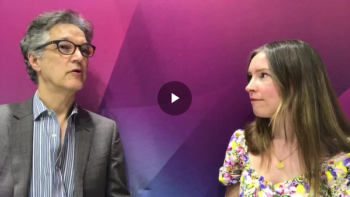
Dr David Lubeck talks with Caroline Richards of Ophthalmology Times Europe about his ESCRS presentations, touching on surgical effects on corneal epithelium and the iTrack Global Registry for glaucoma.

Prof. Martin Dirisamer discusses his instructional course on common mistakes when performing DMEK and how to avoid them at ESCRS.
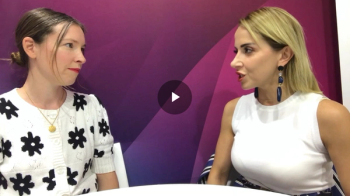
Assistant Prof. of ophthalmology Basak Bostanci discusses her ESCRS presentation, “Extended Range Of Vision In Unusual Cases” and how EDOF lens technology is evolving to include a wider pool of candidates.
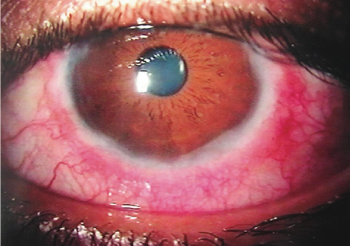
Ophthalmologists should look past the eyes in patients presenting with a persistent ocular allergic response and be mindful that sight-threatening vernal keratoconjunctivitis is a possibility.

Members of the Ophthalmology Times Europe Editorial Advisory Board offer comments on the symposia they are most excited to attend at the 2022 ESCRS Congress in Milan, Italy.
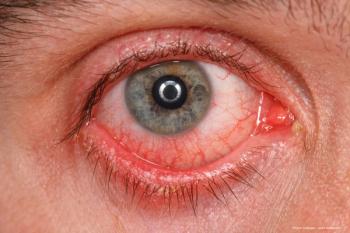
Spanish investigators hypothesise that conjunctivitis plays a role in disease transmission.

A short course of a low-dose corticosteroid eye drop can relieve inflammation with only a low increase in intraocular pressure.
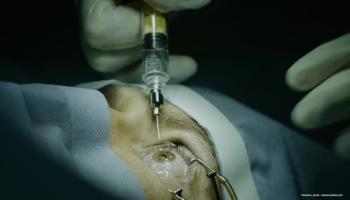
CAM encourages corneal healing in patients with ocular surface disease.
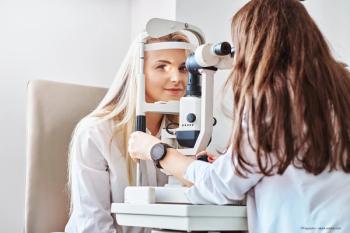
In a study, investigators found that no characteristics of inflammatory bowel disease are related to ocular manifestations of the disease.
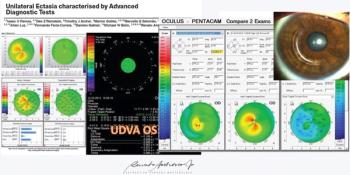

Several issues may restimulate the virus in those patients with prior exposure.
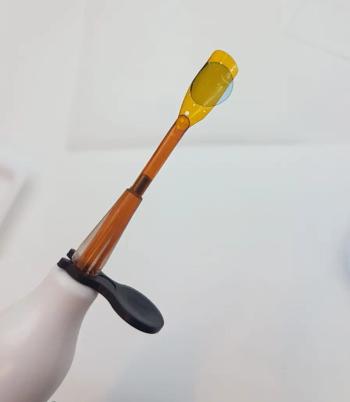
The companies will jointly develop 4D bio-fabricated corneal transplants for diseases that require endothelial keratoplasty and natural lenticule transplants.
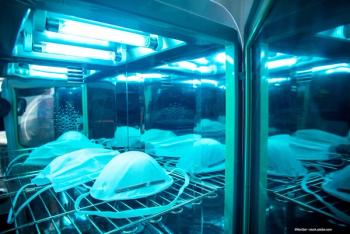
The threshold limit value is increased for virus and bacterial eradication.

RegeneRX Biopharmaceuticals and its US joint venture partner and licensee, HLB Therapeutics, signed a letter of intent this week with a global ophthalmology contract research organization to conduct a pair of Phase 3 clinical trials simultaneously beginning in the fall in the US and Europe for patients with neurotrophic keratitis.
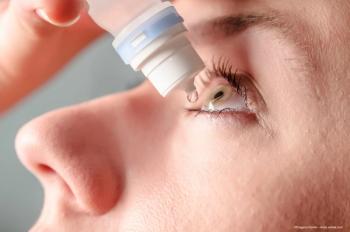
Kiora Pharmaceuticals announced it has enrolled the first patient as a part of a Phase 2 study evaluating KIO-201 topical eye drops in patients with PCED, a rare ocular surface condition characterized by non-healing wounds on the eye surface.
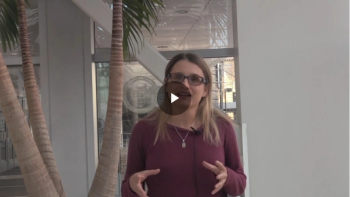
Takeaway: there doesn't seem to be a specific dry eye phenotype that does better or worse.

Biologic treatments can be utilised to help the eye heal itself in inflammatory conditions such as dry eye disorder.
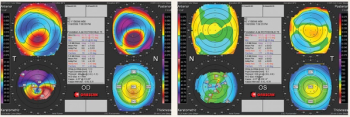
Eye rubbing is an essential factor in the development of keratoconus. “No rub, no cone” is the rule: a genetic predisposition for the disease will come to nothing without excessive eye rubbing.

The study evaluates three separate cases, each of which experienced irreversible changes in their corneal structure caused by challenges in getting timely treatment due to various reasons, including insurance, lost to follow up, and the COVID-19 pandemic.

In a paper, investigators identified strategies used by patients to reduce the cost of therapy and its impact on adherence to treatment. Patients may be reluctant to disclose challenges regarding adherence to dry eye disease therapy, as well as fears of worsening quality of life.
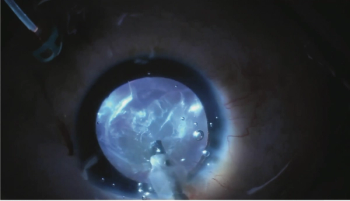
Physicians offer pearls for improving visualisation in eyes using retroillumination techniques.
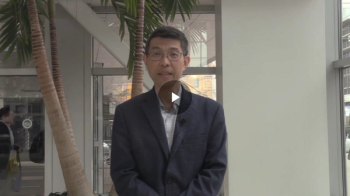
The study's primary endpoints were to look at increasing Schirmer's scores, as well as eye discomfort score.
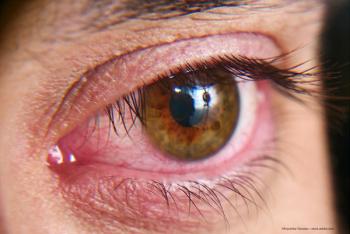
BRIM Biotechnology Inc. has entered into a new strategic partnership with Ora Inc. for the late-stage clinical development of lead drug candidate BRM421 for dry eye syndrome (DES).

Polarisation-sensitive optical coherence tomography has facilitated early diagnosis of disease before it becomes apparent on topography.